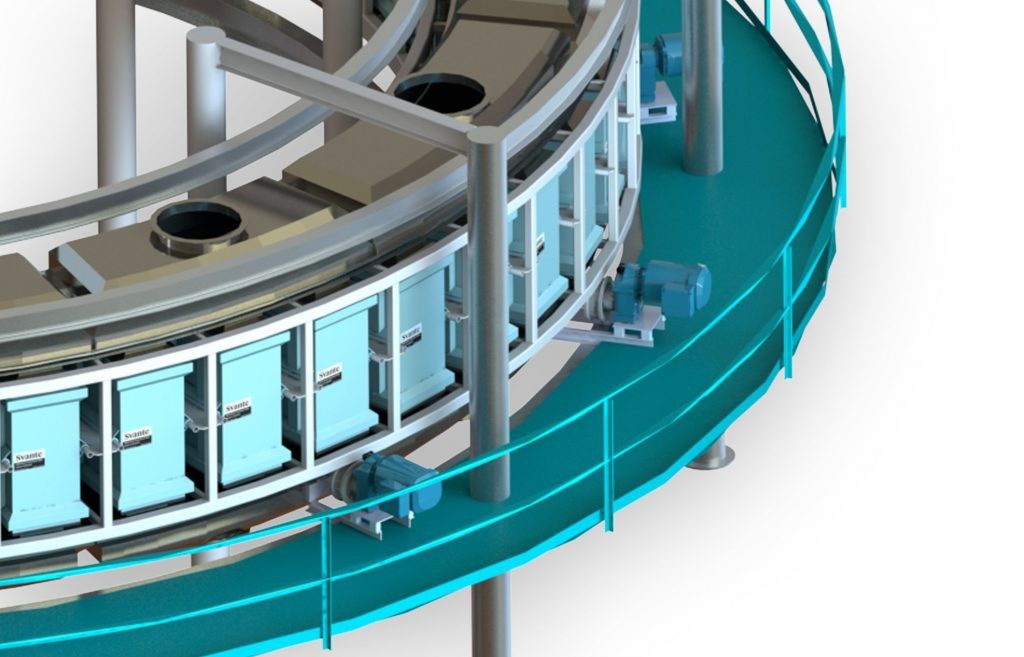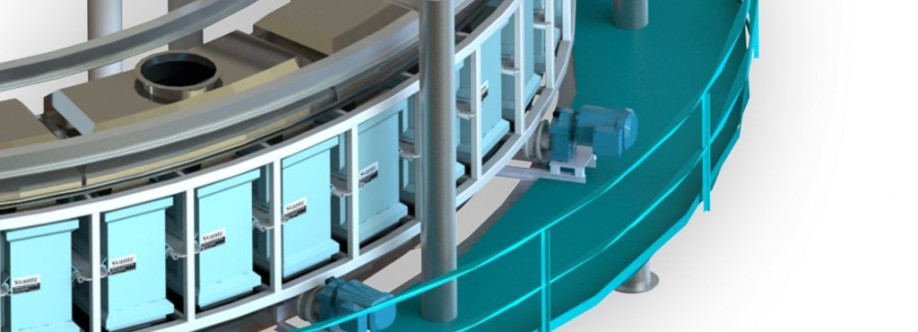

@SvanteTechnologies
Svante Carbon Capture & Removal Solutions, We’ve been around for over 15 years, and we’ve won awards. Our R&D is world-class and our people are experts, and passionate about at what they do. We make filters and machines that capture and remove CO2 from industrial emissions and the air. Our proven carbon capture technology is based on unique solid sorbents — and it’s scalable, eco-friendly, and commercially available today.
The Importance of Carbon Capture in Fighting Climate Change
Carbon dioxide (CO₂) emissions, primarily from industrial activities, are a leading cause of global warming. Addressing these emissions is crucial for limiting the rise in global temperatures. This is where carbon capture technologies come into play. By capturing CO₂ emissions before they enter the atmosphere, industries can significantly lower their carbon footprint while continuing to meet production demands.
Some key benefits of carbon capture include:
Reduced greenhouse gas emissions: Directly addresses one of the primary contributors to climate change.
Energy transition support: Enables industries to adopt renewable energy sources while still utilizing existing infrastructure.
Economic opportunities: Generates new jobs and market opportunities in the clean energy sector.
How Carbon Capture Technology Works
Carbon capture involves three key steps:
Capture: CO₂ is separated from industrial emissions or extracted directly from the air.
Transport: The captured CO₂ is transported via pipelines, ships, or trucks to designated storage or utilization sites.
Storage or Utilization: CO₂ is either stored in underground reservoirs or repurposed for industrial uses, such as creating synthetic fuels or building materials.
This technology transforms carbon from a pollutant into a resource, creating a circular economy that prioritizes sustainability.
Revolutionizing Industrial Practices with Carbon Solutions
Industries ranging from energy to manufacturing are increasingly adopting carbon capture technologies to meet global emission reduction targets. These solutions not only mitigate environmental impact but also enhance operational efficiency.
Real-World Applications of Carbon Capture Technology:
Power plants: Capturing CO₂ emissions from coal and gas-fired plants reduces the environmental impact of energy production.
Cement and steel manufacturing: Two of the most carbon-intensive industries now use CCUS to achieve cleaner production methods.
Direct air capture (DAC): Extracting CO₂ directly from the atmosphere to address emissions at a global scale.
This progress highlights the role of CCUS as a cornerstone in achieving net-zero goals worldwide.
Advancements in Carbon Capture Innovation
Continuous innovation drives the evolution of carbon capture technology. The integration of advanced materials, such as solid sorbents and membranes, enhances CO₂ capture efficiency. Additionally, advancements in machine learning and AI are optimizing processes, making carbon capture more cost-effective and scalable.
These innovations are particularly significant for companies striving to meet sustainability targets without compromising performance.
Svante Technologies Inc.: A Leader in Carbon Capture Innovation
One of the companies at the forefront of this technological revolution is Svante Technologies Inc. Their cutting-edge solutions are tailored to help industries reduce their carbon emissions while maintaining operational efficiency. With a steadfast commitment to innovation, Svante Technologies Inc. is driving the transition to a cleaner and more sustainable future.
Their expertise in developing scalable and cost-effective carbon capture solutions has positioned them as a key player in transforming industrial practices worldwide. By integrating sustainable technologies, they are empowering industries to take meaningful steps toward achieving climate goals.
Economic and Environmental Benefits of Carbon Capture
Investing in carbon capture technology is not just an environmental imperative; it also makes economic sense.
Economic Advantages:
Cost savings: Reducing emissions can help companies avoid carbon taxes and fines.
Revenue streams: Captured CO₂ can be sold for use in industrial processes, creating a new revenue source.
Increased competitiveness: Businesses adopting sustainable practices often gain a competitive edge in global markets.
Environmental Impact:
Cleaner air and water: Reducing CO₂ emissions helps mitigate pollution, improving public health.
Biodiversity conservation: Combatting climate change protects ecosystems and the species that rely on them.
Sustainable growth: Enables industries to thrive while minimizing their ecological footprint.
Challenges and the Path Ahead
While the promise of carbon capture is immense, challenges such as high implementation costs and infrastructure development remain. However, with continuous research, government support, and industry collaboration, these obstacles can be overcome.
As awareness grows and technology evolves, carbon capture is poised to become a cornerstone of global climate solutions.
Conclusion
Carbon capture technology represents a vital step in addressing climate change and fostering industrial sustainability. By embracing these innovative solutions, industries can balance economic growth with environmental responsibility, ensuring a healthier planet for future generations.
From reducing emissions to creating economic opportunities, the possibilities are endless. Now is the time to act and invest in solutions that make a difference. Together, we can build a greener, more sustainable tomorrow.
Business Phone: +1 604-456-0504
Hours of Operation: Monday- Friday 08:00 am-04:30 pm
Payment Types Accepted: Financing, Invoice, etc.



